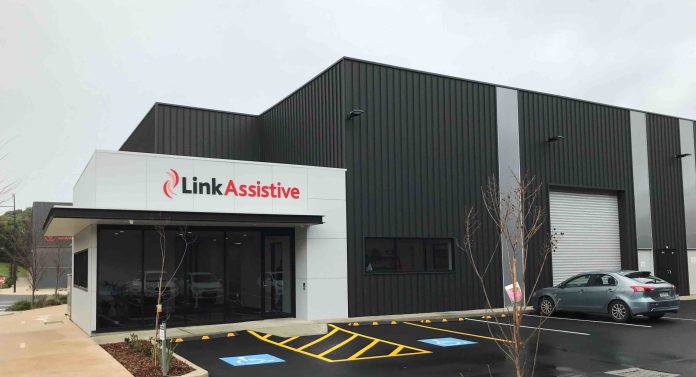
Medical technology developer Link Assistive has moved to its new facility at the Tonsley Innovation District in Adelaide, South Australia as part of the company’s bid to scale its business operations.
The medtech firm, which was previously based in the southern Adelaide suburb of Pasadena, develops assistive technology to help those with physical and cognitive disabilities use smart devices.
Bas Tijdhof, Link Assistive’s founder, said the move comes after the company had outgrown its former headquarters. The previous facility also lacked full accessibility for clients through wide hallways, ramps, and disabled toilets, Tijdhof added.
The Tonsley Innovation District was established on the former Mitsubishi car manufacturing plant in 2012. It now houses more than 1,700 employees across various sectors, such as cleantech and renewable energy, health and medical devices, as well as assistive technologies.
Link Assistive fit naturally into the mix at Tonsley, according to Tijdhof, adding that the move allows the company to explore partnerships with other tech businesses at the site and onboard more staff.
“Tonsley made sense for us to be close to similar businesses and to Flinders University with their medical device partnering program, and there are also other companies who use smart home technology, so it’s good to build on that network and maybe encourage future partnerships,” the company’s founder added.
Link Assertive worked with the district facility and builders to design a space that fit their needs, ranging from secure storage, office space, and workshop, to training rooms and equipment trial spaces.
A section of the building is equipped with high-tech sensory technologies that allow projections, light displays, sound, and fibre.
“We have an equipment trial service, which is a big part of what we do. That is going to be completely inclusive, for whatever capabilities the client has physically or mentally,” Tijdhof said.
Link Assistive is one of only two Australian companies that develop eye gaze technology, which helps those with severe physical challenges control a device through eye movement.
The tech is intended to replace keyboards and mouses and allow users to open a link by focusing their gaze on it for roughly less than a second.




















